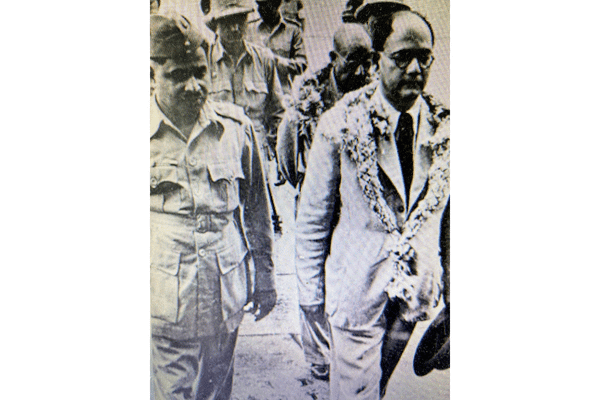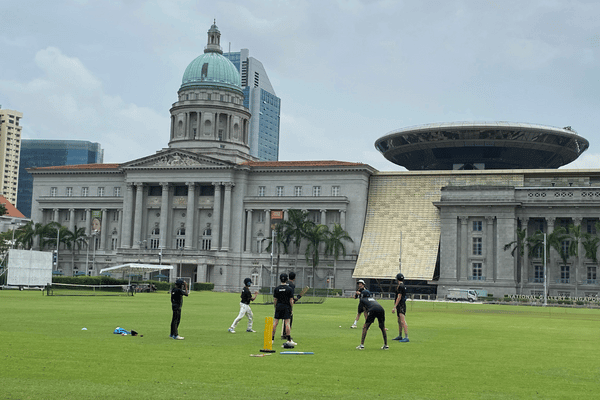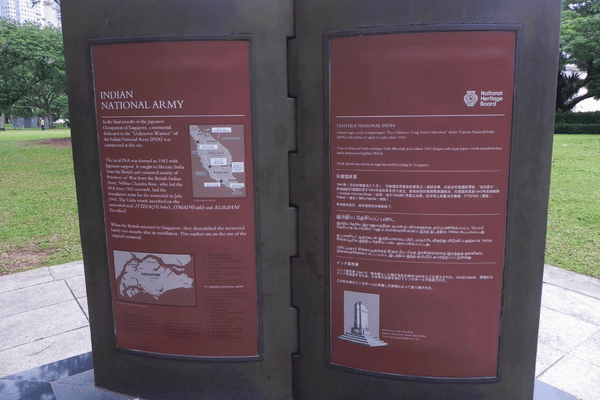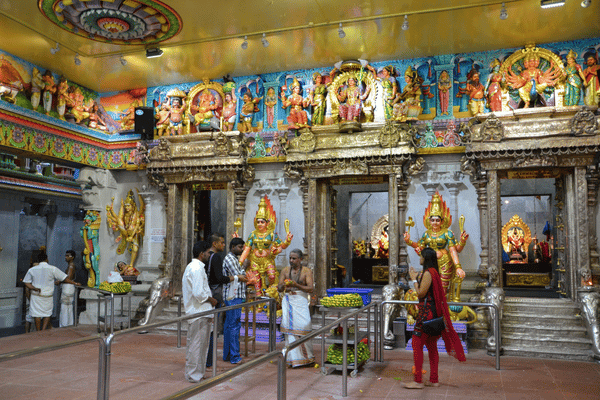As the day of liberation from British rule, August 15 is red-letter in the calendar of modern India. This year the day is extra-special to honour and celebrate 75 years of this hard-earned freedom. The long-drawn struggle for this independence took place not just within India where battles were fought, blood spilled and lives lost, but also gained momentum in Indian communities then living outside the boundaries of British India. I recently visited Singapore to dig out traces of India’s independence movement led primarily by Netaji Subhas Chandra Bose.
Sentosa Island
Sentosa Island is presently one of Singapore’s major tourist hubs offering several avenues to relax and have fun. However, in the late 19th century, the island was a British military base comprising four coastal citadels, out of which only Fort Siloso still exists. It is a key icon of the venue for visitors like me who are interested to know Singapore’s wartime episodes, particularly during WWII. Amongst several displays, the most invigorating to me there was the Surrender Chambers, which showcased – through various mediums including wax-made models – the Japanese invasion and occupation of Singapore in 1942 all the way through to their surrender in 1945 at the end of the war. This was important for my mission because it was the Japanese occupation of British Singapore that triggered Bose to arrive in Singapore to mobilise the Indian-origin POWs captured by the Japanese to lead the newly established Indian National Army (INA) or the ‘Azad Hind Fauj’ to fight against the British in India.

Soon after his arrival on 2 July 1943, Bose used his powerful oratory not only to stir the Indian POWs to strengthen their loyalty to the INA, but also enthused the local Indian community to volunteer and contribute funds in support of the INA.
“I heard many stories about Bose from my father,” Sangram Singh, a third generation Singaporean of Indian descent, told me. He runs a shop in Little India, one of the city’s most culturally vibrant conclaves, which has been home to the settlers from the subcontinent for more than a century.
“My father was present at the historic gathering at Padang field where Bose talked to the large mass of the local Indian community,” Singh recounted.

Not far from Little India, Padang still exists as a large spread of greenery, overlooked by the National Gallery of Singapore. Visiting the site, I felt transported back in time to imagine myself standing in the crowd and listening to one of greatest patriots of India motivating fellow Indians to join his military quest to free their motherland from the colonisers. His famous marching call “Dilli Chalo” echoed in my ears.

Stamford Road

Similar emotions engulfed me when at the site of the former Capital Building on Stamford Road. It was here that Bose, on 21 October 1943, announced the formation of the Provisional Government of Free India in Singapore, declaring himself as the Head of State, Prime Minister and Minister of War. Though declared outside India, many regard this as the forerunner of India’s independence.
In his inspirational speech, he is reported to have said the following: “In the name of God, in the name of bygone generations who have welded the Indian people into one nation, and in the name of the dead heroes who have bequeathed to us a tradition of heroism and self-sacrifice, we call upon the Indian people to rally round our banner and strike for India’s freedom. We call upon them to launch the final struggle against the British and their allies in India and to prosecute that struggle with valour and perseverance and full faith in final victory until the enemy is expelled from Indian soil and the Indian people are once again a Free Nation.”
Regrettably, around the site there is no plaque or memorial in tribute to this episode so important in the history of both India and Singapore.
Esplanade Park
Fortunately, there is an INA memorial inside the nearby Esplanade Park installed in 1995 to commemorate the 50th anniversary of the end of World War II. It stands on the site of the original memorial established in 1945 by Bose himself but was destroyed after the war.

It was one of the proudest moments of my life to stand there and pay homage to the soldiers of the INA who gallantly contributed to the birth of free India which finally and formally came on 15 August 1947.
Chettiar Temple

There are a few other memoirs in Singapore that mark footsteps of Bose, the Chettiar Temple on Tank Road being one of them. It’s said Bose would frequently drop in there with his close associate and Muslim INA officer Abid Hasan, attesting to his principle of making no division based on religion and language. While in Singapore he formed a women’s brigade called the Rani Jhansi Regiment within INA. That testified to his other principle of not differentiating between the sexes either.
TRAVEL NOTEBOOK
Singapore
Getting There
Singapore Airlines and Scoot www.flyscoot.com fly direct flight to Singapore from multiple Australian cities. All passengers entering Singapore are required to fill in the Digital SG Arrival Card.
Stay
Neighbouring the Little India conclave, Village Hotel Albert Court is located close to the Bose memoirs and offers complimentary breakfast, late checkout and currency vouchers as a part of their discovery package.
READ ALSO: Half the population of Bhagat Singh’s ancestral village now lives offshore




